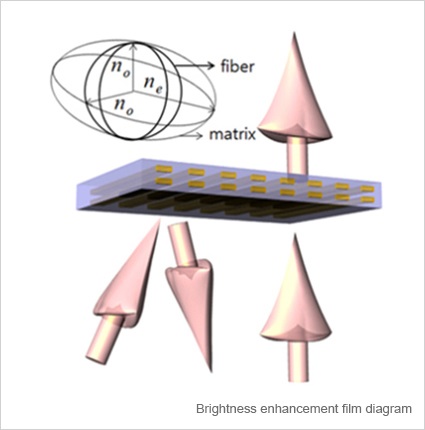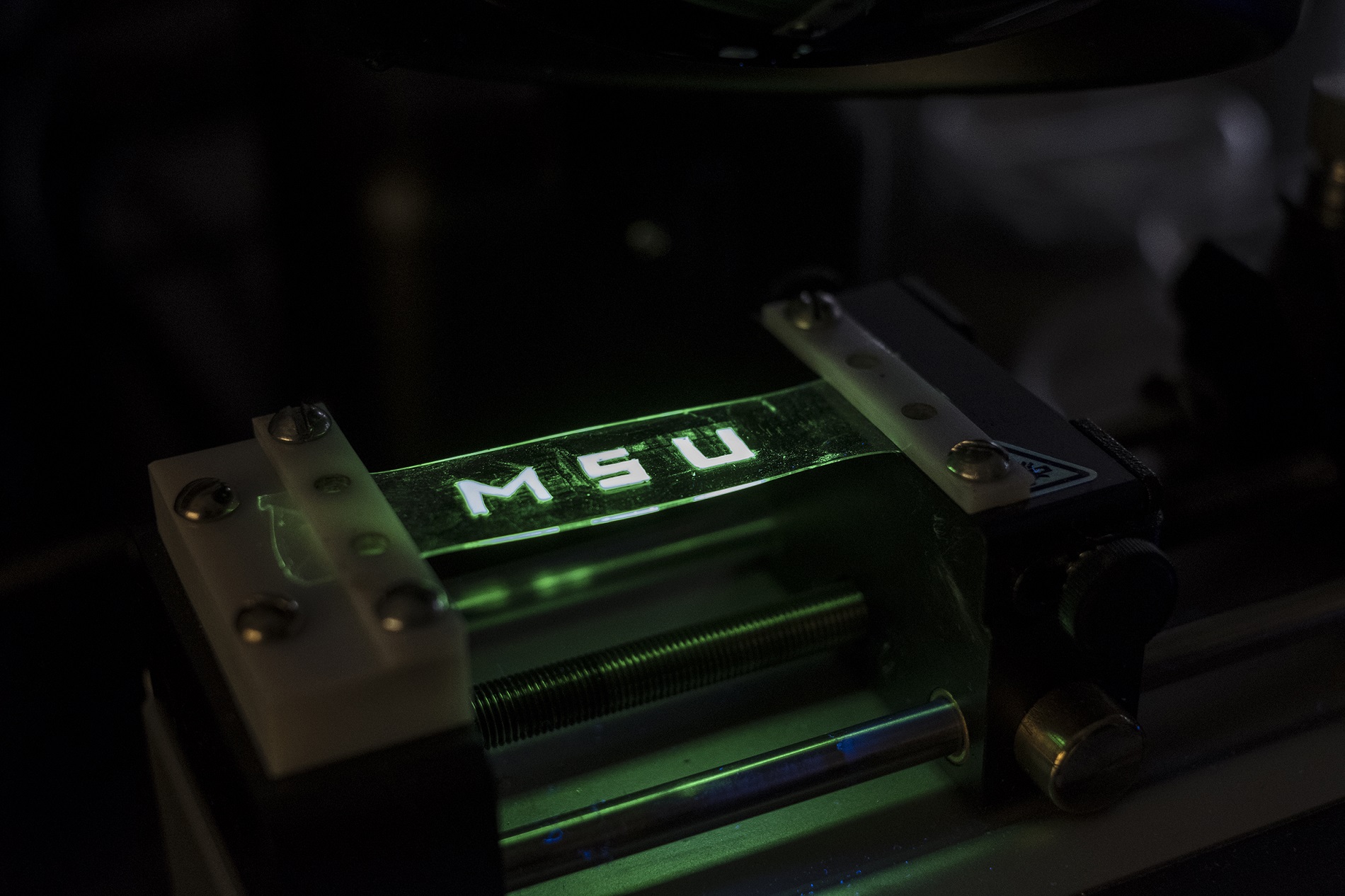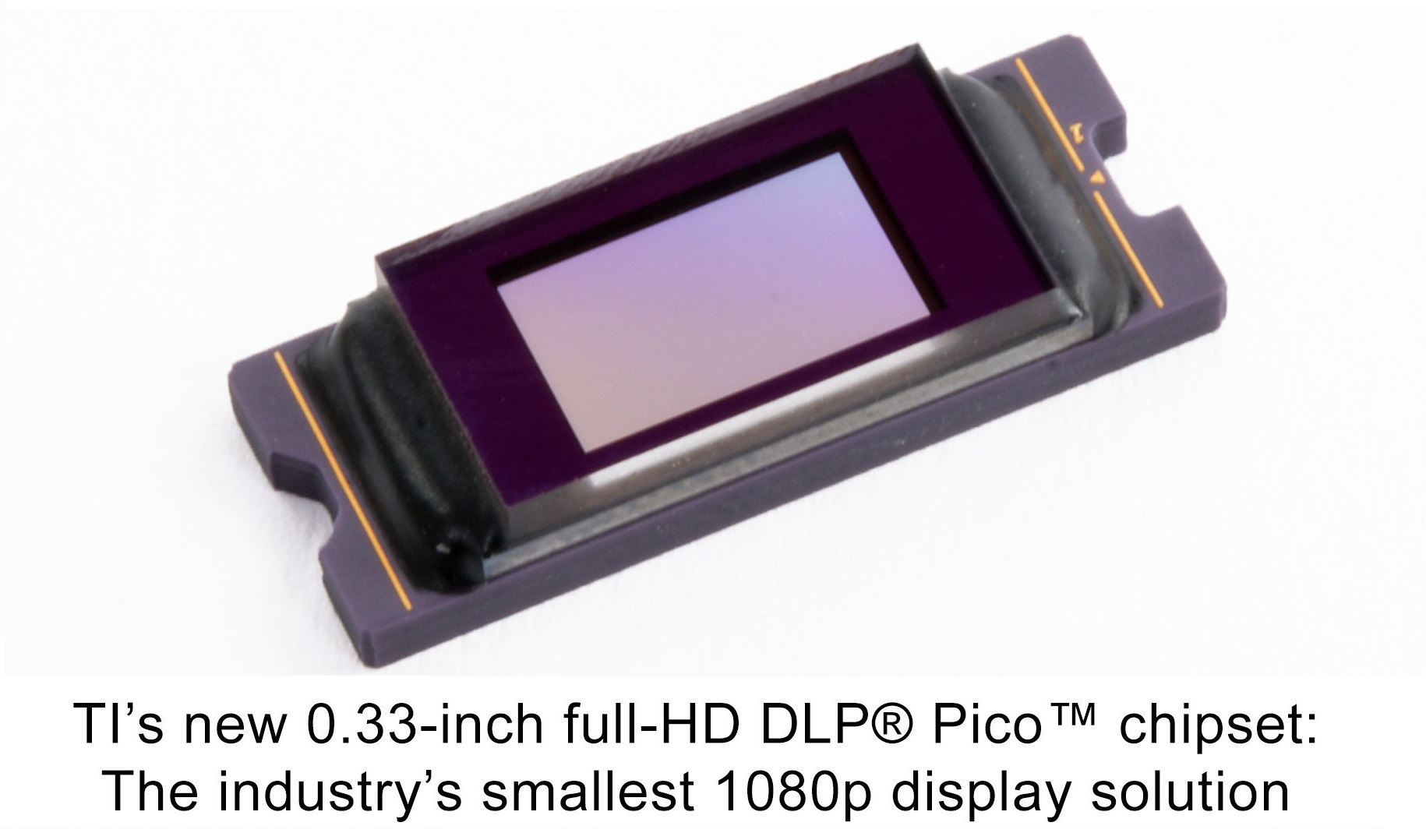07.18.2014
Professor Suk Won Choi and his research team at the Department of Advanced Materials Engineering for Information and Electronics proposed new materials through convergence of fiber and display technologies.
Professor Choi’s research team manufactured cutting-edge optical materials by controlling the ordinary and extraordinary refractive indices of nano fibers. The optical materials produced with the new fiber technology can be used for the brightness enhancement film in the LCD backlight unit. The research findings were published in the online edition of Optics Express, an international journal of optical science, on May 1, 2014.
Securing core material technologies for next-generation displays
The display industry is a lucrative value-added industry with a wide range of relevant business sectors, such as mobile devices, laptop computers, TVs as well as optics, materials, and precision machinery. With the growing competition in the next-generation display industry, it is critical to secure original technologies through research on materials, parts, and systems. As the demand for wearable devices goes up, both flexible and stretchable properties are coming into spotlight for the next-generation displays. Professor Choi focused his research on fiber materials which have those properties. He said, “Parts devices which utilize the roll-up, foldable, and flexible properties of fibers will have useful applications in the display industry.”
Manufacturing cost-effective LCDs with more vivid screen
The research team controlled the ordinary and extraordinary refractive indices of nano fibers by embedding nano fibers in a polymer matrix and stretching polymer chains to evenly align them. When incident light penetrates into the direction where the refractive indices of nano fibers match the values of the polymer matrix, it tends to be reflected in the direction where the refractive indices differ from elsewhere. By taking advantage of this tendency, it is possible to transmit the linearly polarized light in a certain direction. This fiber technology will help manufacturing cost-effective, low-power consumption LCDs with even more vivid and colorful screen. Professor Choi noted, “This research showed a possibility of developing new, high-end materials through convergence of fiber and display technologies. Developing cutting-edge optical materials with nano fibers will be only possible when supported by the expertise of other fields, such as fibers, polymer, display, and optics.”
Translated by Ji Eun Song · Edited by Tae Hun Kim













